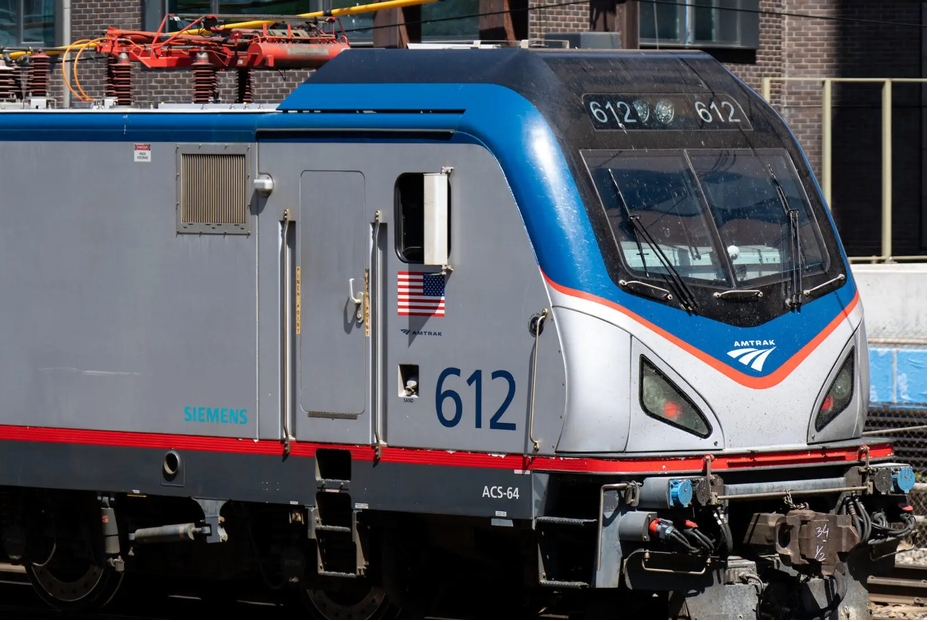 The United States Department of Transportation (USDOT) has allocated $97 million to advance hydrogen-related rail projects across the country. This funding is part of a larger $2.4 billion initiative under the Bipartisan Infrastructure Law, emphasizing the government's commitment to enhancing sustainable transportation solutions and advancing clean energy technologies in the rail sector.
The United States Department of Transportation (USDOT) has allocated $97 million to advance hydrogen-related rail projects across the country. This funding is part of a larger $2.4 billion initiative under the Bipartisan Infrastructure Law, emphasizing the government's commitment to enhancing sustainable transportation solutions and advancing clean energy technologies in the rail sector.Strategic Investments to Transform Rail Transportation
The USDOT’s Federal Railroad Administration (FRA) aims to harness hydrogen's potential to revolutionize rail systems by reducing dependency on fossil fuels, cutting greenhouse gas emissions, and fostering a transition to sustainable rail infrastructure. This significant financial injection is designed to spur innovation and encourage the development of efficient hydrogen use in locomotives, setting a precedent for future transportation technologies.
Highlighted Projects in Hydrogen Rail Development
Several key projects have been selected to benefit from this funding, demonstrating the diverse applications of hydrogen in rail transportation:
- California’s Transition from Diesel to Electric and Hydrogen Locomotives:
- The California Air Resources Board (CARB) is set to receive $36.5 million to replace 10 diesel locomotives with nine battery-electric and one hydrogen fuel-cell locomotives. This initiative includes the installation of four battery chargers, with Pacific Harbor Line, Watco, and Sacramento Valley Railroad as participating operators.
- Safety and Efficiency Testing in Colorado:
- Colorado State University-Pueblo has been granted $11.7 million to conduct safety experiments and testing on rail vehicles powered by compressed hydrogen and natural gas. The University of Hawaii and OptiFuel are key partners in this project, contributing a 36% match to the investment.
- Research and Development in Pennsylvania:
- East Erie Commercial Rail will utilize $48.4 million for the research and development of dual-fuel combustion engines that use hydrogen and for liquid hydrogen tenders. This project, involving partners like Wabtec, Linde, and Greenbrier, will also conduct testing at the Transportation Technology Center in Pueblo, Colorado, to develop best practices for the safe handling and maintenance of hydrogen technology.
Impact and Future Prospects
According to FRA officials, these projects are not only expected to make rail systems safer, more reliable, and more resilient but also aim to reduce the overall environmental impact of rail transportation. By facilitating smoother and more efficient operations, these initiatives will lower shipping costs and minimize disruptions, significantly benefiting the national economy and the environment.
